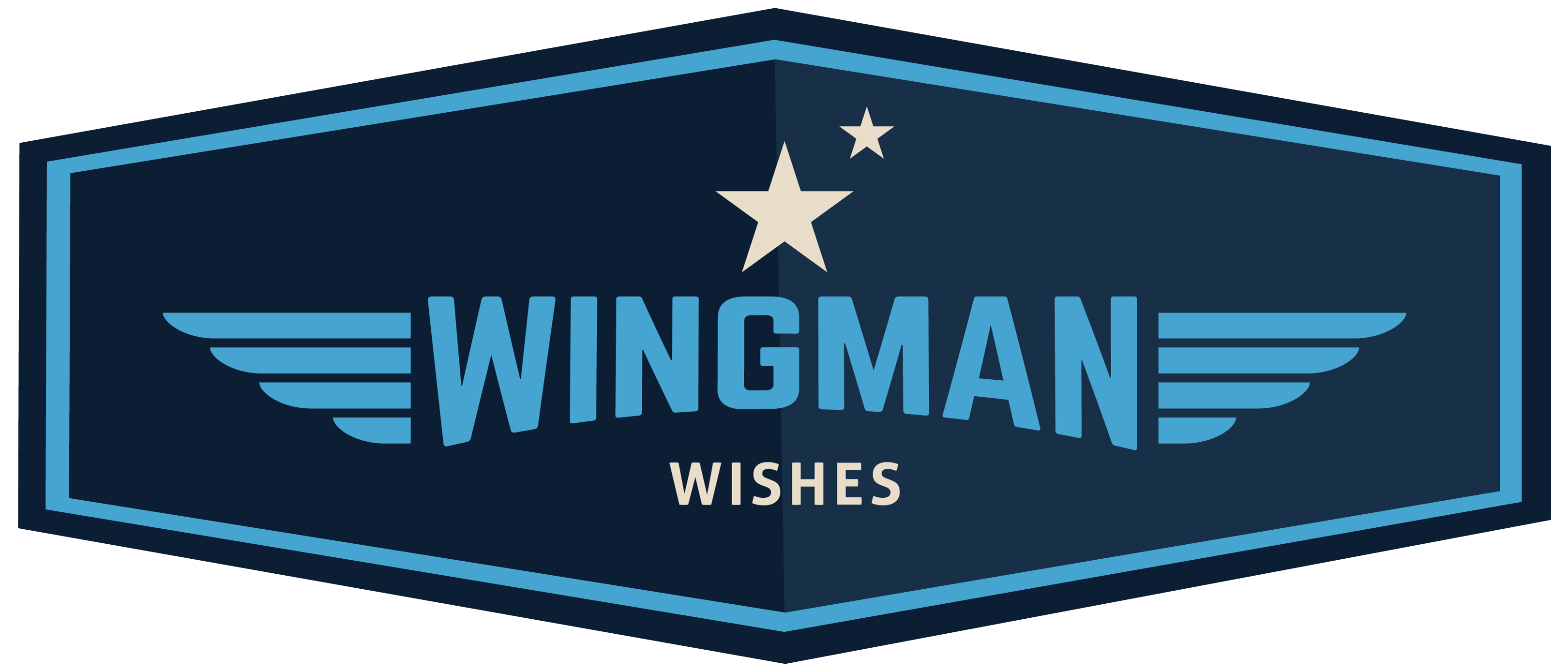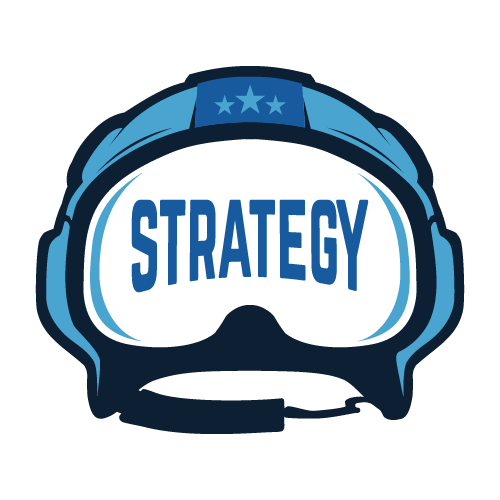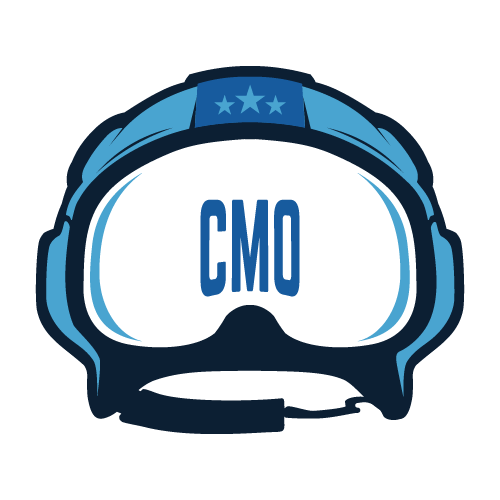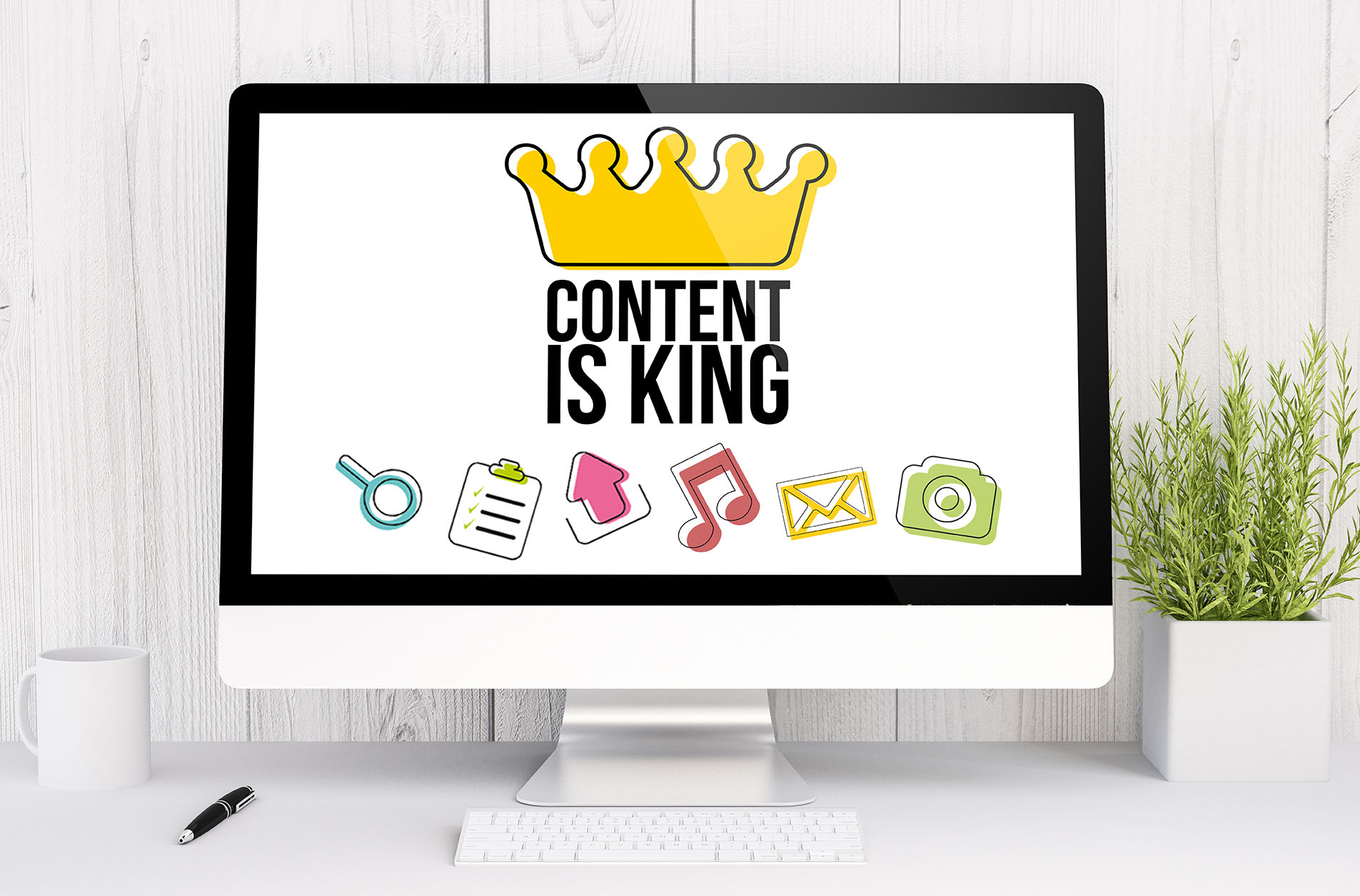In the digital age, having a strong online presence is crucial for any business or individual. As a graphic designer, your main goal is to create visually stunning designs that capture the attention of your audience. However, without proper optimization, your designs may not reach as many people as they could. That’s where Search Engine Optimization (SEO) comes in. In this blog post, we’ll explore why learning SEO is essential for graphic designers and how it can help you boost your digital visibility.
Understanding SEO as a Graphic Designer
To begin with, let’s define what SEO is and how it works. SEO is the process of optimizing your website, content, and online presence to rank higher in search engine results pages (SERPs). The higher your website ranks, the more likely it is that people will find and visit your site. SEO involves a variety of strategies, including keyword research, on-page optimization, link building, and content creation. As a graphic designer, you may not be directly responsible for implementing these strategies but understanding them can help you create designs that are more effective in the digital space.
For instance, let’s say you’re designing a website for a client. By understanding SEO, you can create designs that are optimized for search engines. This means creating designs with proper headings, titles, and descriptions that include relevant keywords. You can also ensure that the website is mobile-friendly, as mobile optimization is becoming increasingly important for SEO. Understanding SEO can also help you design content that is more shareable and linkable, which can improve your website’s overall authority and ranking.
Benefits of Learning SEO as a Graphic Designer
Now that we’ve established what SEO is and how it works, let’s explore the benefits of learning SEO as a graphic designer. Here are a few key reasons why understanding SEO can be invaluable in today’s digital landscape:
1. Better collaboration with marketing and SEO teams:
If you work in a larger organization, you may collaborate with marketing or SEO teams on projects. Understanding SEO can help you communicate better with these teams, ensuring that your designs align with their goals and objectives.
2. Increased visibility and traffic:
By designing content that is optimized for search engines, you can increase your website’s visibility and drive more traffic to your site. This can lead to more leads, sales, and opportunities for your business or clients.
3. Improved user experience:
Great design is not just about aesthetics, but also about functionality and user experience. By understanding SEO, you can design websites and content that are easy to navigate and find, which can improve the user experience and increase engagement.
4. Competitive advantage:
In today’s crowded digital landscape, it’s essential to stand out from the competition. By understanding SEO and designing content that is optimized for search engines, you can gain a competitive advantage and increase your chances of success.
Tips for Designing SEO-Friendly Content
Now that we’ve explored why learning SEO is important for graphic designers, let’s dive into some tips for designing SEO-friendly content. Here are a few best practices to keep in mind:
- Keyword Research: Researching keywords relevant to your design can help you understand what people are searching for and what type of content is likely to be popular. Use tools like Google’s Keyword Planner or Ahrefs to find keywords related to your topic and incorporate them into your design’s metadata and content.
- Optimize Images: Images play a crucial role in graphic design and optimizing them for search engines can greatly enhance your designs’ visibility. To do this, make sure your images are compressed, properly sized, and have relevant file names and alt tags. This helps search engines understand what the image is about and how it relates to the content on the page.
- Content is King: Even the most visually appealing design won’t rank well on search engines without relevant and high-quality content. Make sure your designs are accompanied by well-written and informative content that incorporates your target keywords.
Leveraging SEO to Build Your Brand and Boost Your Career
Learning SEO can not only help you improve your design skills but also help you grow your brand and career. By optimizing your designs for search engines, you can attract a wider audience and build a strong online presence.
Moreover, having SEO skills can make you an asset to any organization or team. By demonstrating that you can design with SEO in mind, you can position yourself as a well-rounded designer who understands the importance of both form and function.
In conclusion, as a graphic designer, understanding SEO can help you take your designs to the next level. By incorporating SEO best practices into your design process, you can greatly enhance your designs’ visibility online and increase your reach. Additionally, SEO skills can help you build your brand and career, making you more valuable to any organization or team. So, whether you are a seasoned designer or just starting, take the time to learn SEO and let the potential of your creativity soar.
Don’t know where to begin? That’s where Wingman comes in. You don’t have to fly solo. Book a Wingman today for a consultation on how to use a social media tactical plan for your business.














